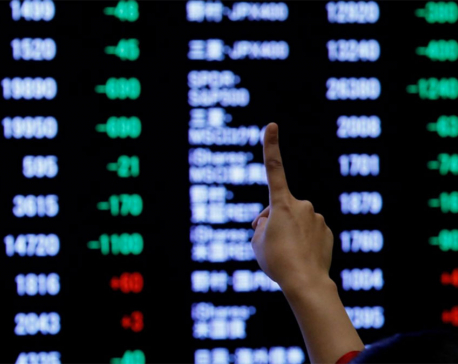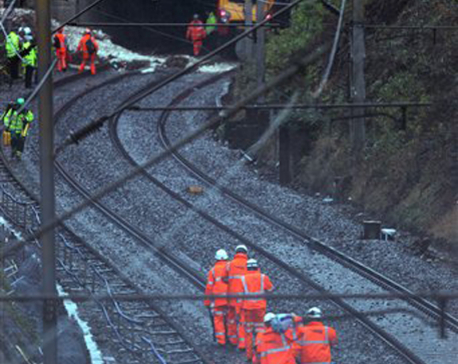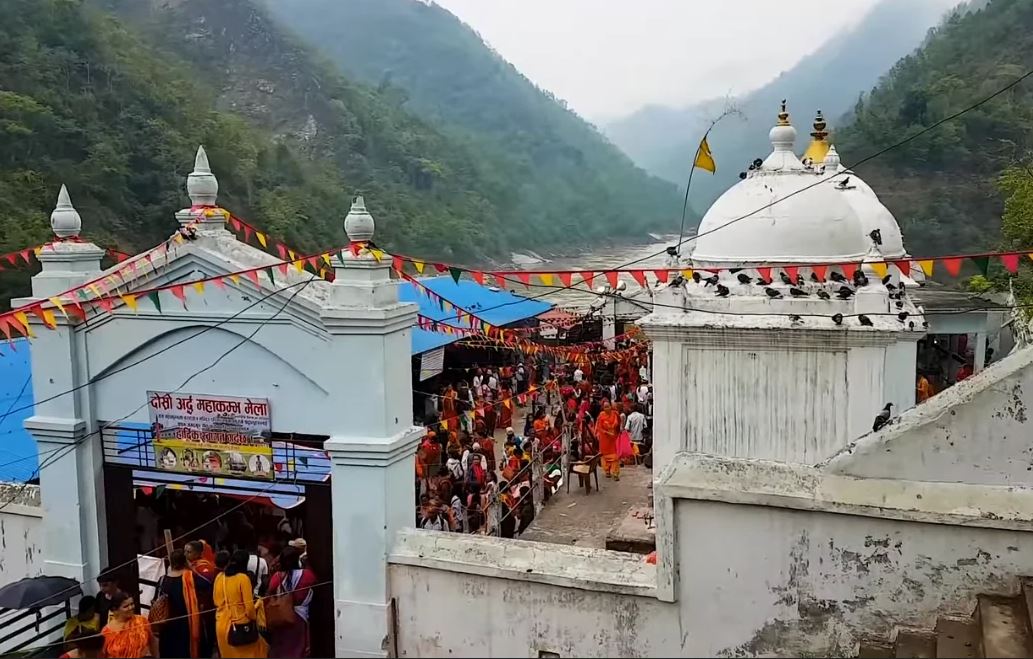
OR
Import of vehicles
The roads in Kathmandu are being continuously widened, with the obvious goal of packing in more and more vehicles. Wide roads are also expected to ease traffic. But that is not happening. This is because far more vehicles are being added to our roads than are being removed from them. The import volume of vehicles is also rising alarmingly. In the past 12 months, Nepal has imported 444,000 vehicles, nearly 100,000 more than was imported in the previous 12 months. There are now nearly three million vehicles, big and small, on Nepal’s streets. In the past one year, 120,000 new vehicles were registered in Bagmati zone, nearly double the number from a year ago. Most of these vehicles end up in Kathmandu valley. Such steep rise in the import of vehicles is unsustainable and will make our roads more congested, never mind how wide they are made. The increase in number of fossil fuel-guzzling vehicles will also greatly add to the already alarming level of air pollution in Kathmandu. It is true that the government makes billions of rupees a year in import duties on these vehicles. But, in the big picture, even the economy suffers.
This is because much more money is going out of the country in buying these vehicles, and their spare parts, than what the country is earning from import duties. Vehicles are luxury items with no productive value, unlike equipment for industries, which not only generate jobs but also make the country less dependent on exports. Moreover, the only way Kathmandu’s traffic woes can be managed, and its air cleaned, is through the promotion of public transport and decreasing people’s reliance on individual vehicles. What Kathmandu desperately lacks is a metro rail system. Even small Indian cities like Patna and Gauhati, both close to Nepal, are now in the process of building metro rails. There is no reason Kathmandu cannot have one of its own. The other cost-effective means of transport, and which would take much less time to build compared to a metro rail system, is bus rapid transport (BRT). In fact, there are many ways to make our transport system faster and cleaner. But adding vehicles, and endlessly widening roads to adjust them, is definitely not the answer.
Interestingly, while we are importing more vehicles, we are not doing even bare minimum to keep our roads in good condition. Kathmandu’s roads are notorious for impassable eddies of dust (when it does not rain) and for their enormous capacity to pool water (when it does). Nor are we serious about pollution-control. The only vehicular pollution testing machine in Kathmandu has been lying idle for the past two years. Despite making many lofty promises, the new mayors of Kathmandu and Lalitpur seem to have done precious little on any of these fronts since their election three months ago. Urban transport is not easy to get right in the best of circumstances. When you are arbitrarily adding vehicles without factoring in their impact on the environment and movement of people, you make the job harder still.
You May Like This

From Thamel studios to Australian stage
When Nischal Nepal’s cover of the popular song “Shallow” from A Star is Born was out on his YouTube channel,... Read More...

Asia shares falter on China unease, pound finds some peace
SYDNEY, Jan 17: Asian share markets faltered on Thursday as unease over China’s economic outlook eroded early gains, though an... Read More...

Train derails after heavy thunderstorms pound England
LONDON, Sept 16: A London-bound passenger train has hit a landslip triggered by heavy rain and derailed, causing no injuries but... Read More...




Just In
- Rainbow tourism int'l conference kicks off
- Over 200,000 devotees throng Maha Kumbha Mela at Barahakshetra
- Indians vote in the first phase of the world’s largest election as Modi seeks a third term
- Kushal Dixit selected for London Marathon
- Nepal faces Hong Kong today for ACC Emerging Teams Asia Cup
- 286 new industries registered in Nepal in first nine months of current FY, attracting Rs 165 billion investment
- UML's National Convention Representatives Council meeting today
- Gandaki Province CM assigns ministerial portfolios to Hari Bahadur Chuman and Deepak Manange






_20220508065243.jpg)








Leave A Comment